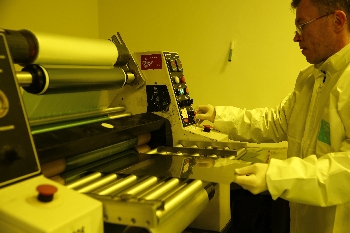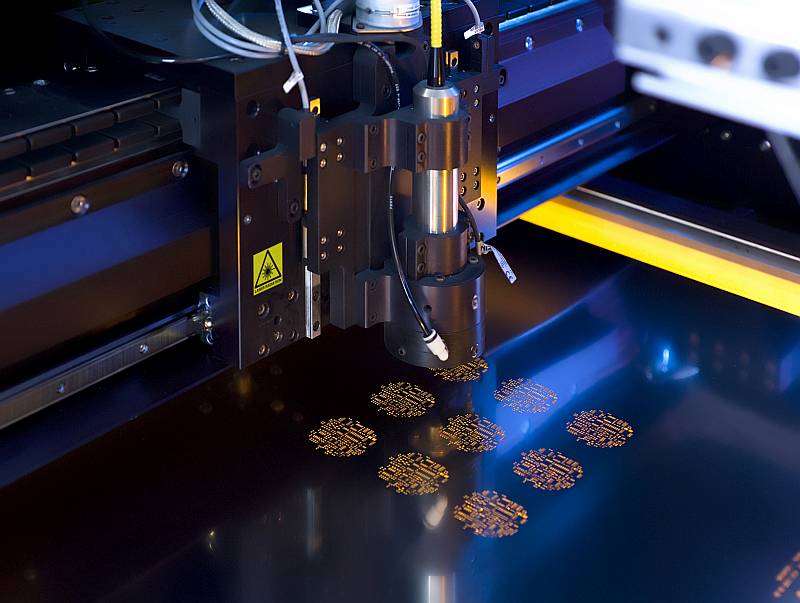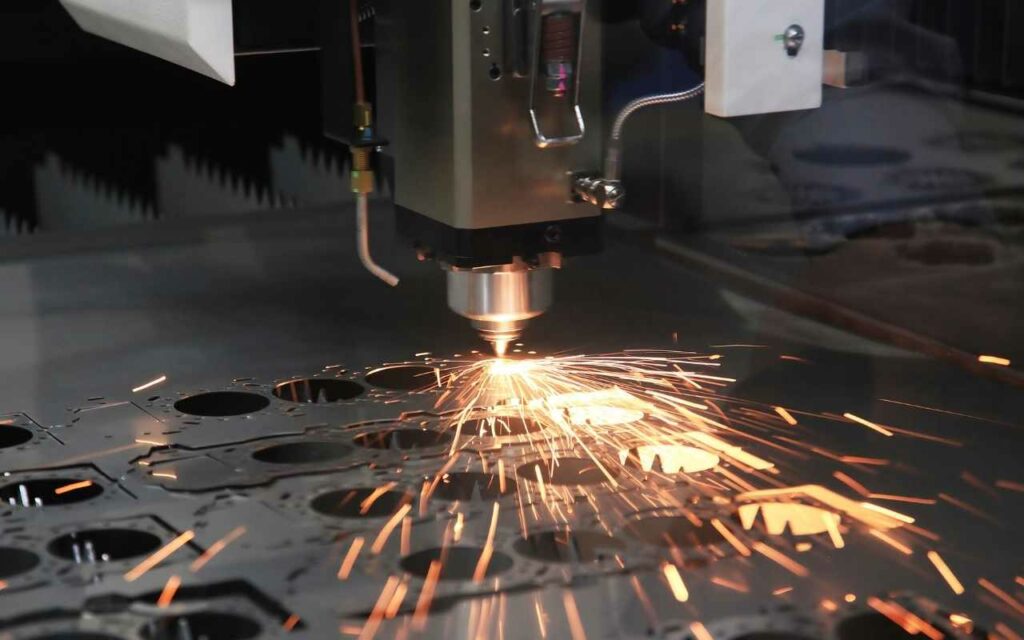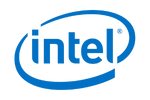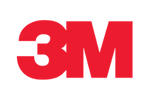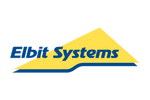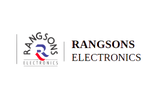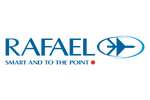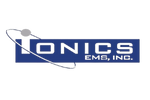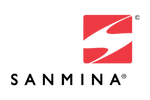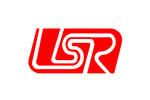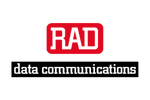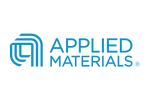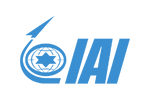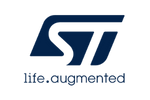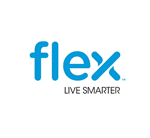Chemical Machining (PCM) is an important process in the production of precise parts, mainly sheets and foils.
Coating the metal sheet with photoresist sensitizes it. When this sensitized metal is put into the double-sided Photo-tools and is subsequently exposed to UV light on both sides, an image is formed in the photoresist layer; it is then developed in a liquid formulation to form an adherent durable image on both sides of the metal.
Various methods exist for the production of Photo-tools. The most commonly used method is to produce a Photo-tool of the correct size by using a laser photo-plotter to selectively expose a photographic film according to computer-aided design data. Photoresists are polymers that are sensitive to UV illumination. The etching is performed by an acid cocktail that attacks the surface of the raw material on both sides. Before coating the metal with photoresist, the metal is thoroughly cleaned to remove all dirt, rust, greases and oils so that a good adhesion to the photoresist is obtained. The final stage of the PCM process is to strip off the resist and ensure that the metal is clean and the requested dimensional specifications have been fulfilled .
The PCM process enables the production of parts with complex geometric shapes, without necessitating large tooling costs for small prototype runs. Chemograf produces metal parts in thicknesses ranging from 0.01 mm (0.0004”) to 1.5 mm (0.06”) in a wide selection of materials.
Advantages of Photo Chemical Machining
Low-cost tooling
Quick delivery
Retention of mechanical properties
Step – and – repeat of design
Tooling changes at a minimum cost
Burr-free parts
Excellent for complex geometric shapes
Excellent for small prototype runs
Photo Chemical Machining Technical Details:
Part Size: 0.5mm to 600mmX800mm
Thickness of Material: (0.01mm-1.5mm) .0004″- .060″
Tolerance: 10%T not less than +-0.02 mm
This website uses cookies so that we can provide you with the best user experience possible. Cookie information is stored in your browser and performs functions such as recognising you when you return to our website and helping our team to understand which sections of the website you find most interesting and useful.

